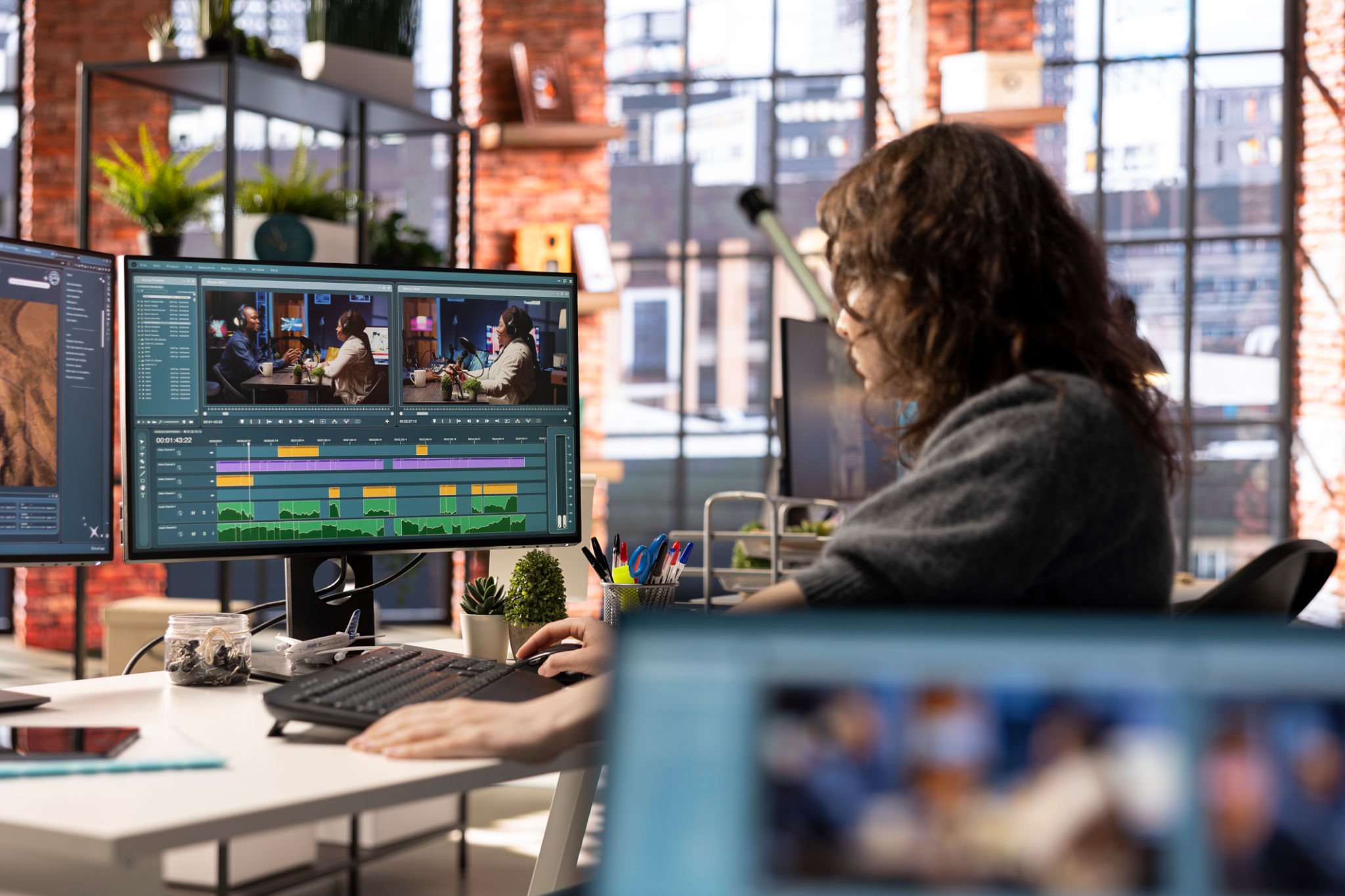AI vs. Traditional Video Editing: Which is Right for Your Project?
Understanding AI in Video Editing
In recent years, artificial intelligence has revolutionized numerous industries, and video editing is no exception. AI-powered video editing tools can analyze footage, suggest edits, and even automate the entire editing process. This technology promises increased efficiency and accessibility, making video editing easier for everyone, from novices to professionals.
AI video editing tools can handle tasks such as cutting and trimming clips, color correction, and even generating music to match the mood of the video. With machine learning algorithms, these tools can learn from your editing style and preferences, offering a more personalized experience.

The Benefits of Traditional Video Editing
On the other hand, traditional video editing offers a level of control and creativity that AI might not fully replicate. Experienced editors can infuse their unique artistic vision into projects, creating something truly original. This method often involves using powerful software such as Adobe Premiere Pro or Final Cut Pro, which provide a comprehensive suite of tools for precise editing.
Traditional editing is ideal for complex projects that require a human touch to tell a compelling story. It allows editors to experiment with different styles, incorporate intricate visual effects, and make nuanced decisions that AI might overlook.
Comparing Speed and Efficiency
One of the most significant advantages of AI video editing is speed. AI tools can process and edit footage much faster than a human editor. They can automate repetitive tasks, freeing up time for creative decisions. This efficiency is especially beneficial for projects with tight deadlines.

In contrast, traditional editing can be time-consuming, especially for detailed projects. However, the time invested often results in a higher-quality product that aligns closely with the creator's vision.
Customization and Personalization
AI video editing tools are becoming increasingly sophisticated, offering more customization options. They can adapt to different styles and genres, providing suggestions that align with the user's preferences. However, the range of customization is still limited compared to traditional methods.
Traditional video editing allows for complete personalization. Editors can experiment with various techniques and styles to achieve the desired outcome. This level of customization is crucial for projects that require a unique and artistic approach.

Cost Considerations
Cost is another factor to consider when choosing between AI and traditional video editing. AI tools often come with subscription-based pricing models, which can be more affordable for smaller projects or independent creators. They also reduce the need for hiring additional staff, saving on labor costs.
Traditional video editing software can be expensive, both in terms of purchasing the software and hiring skilled editors. However, for larger projects or those requiring high-quality production, the investment may be worthwhile.
Choosing the Right Approach for Your Project
The decision between AI and traditional video editing ultimately depends on the nature of your project. For quick, straightforward edits or when working with limited resources, AI video editing might be the best choice. It offers speed and efficiency that can help meet tight deadlines without compromising too much on quality.
However, if your project demands a high level of creativity, storytelling, and intricate detail, traditional video editing may be the better option. The ability to apply a human touch and artistic flair can make a significant difference in the final product.

In conclusion, both AI and traditional video editing have their advantages and limitations. By understanding the strengths of each approach, you can make an informed decision that aligns with your project goals and resources.
